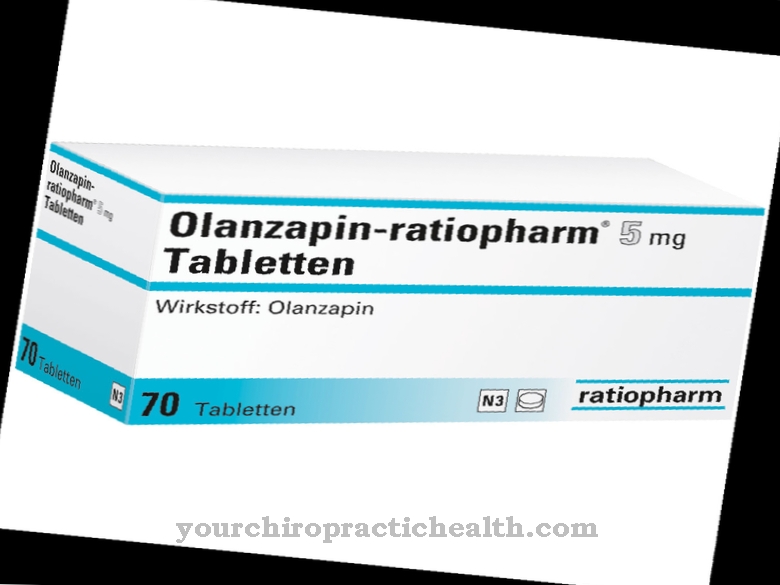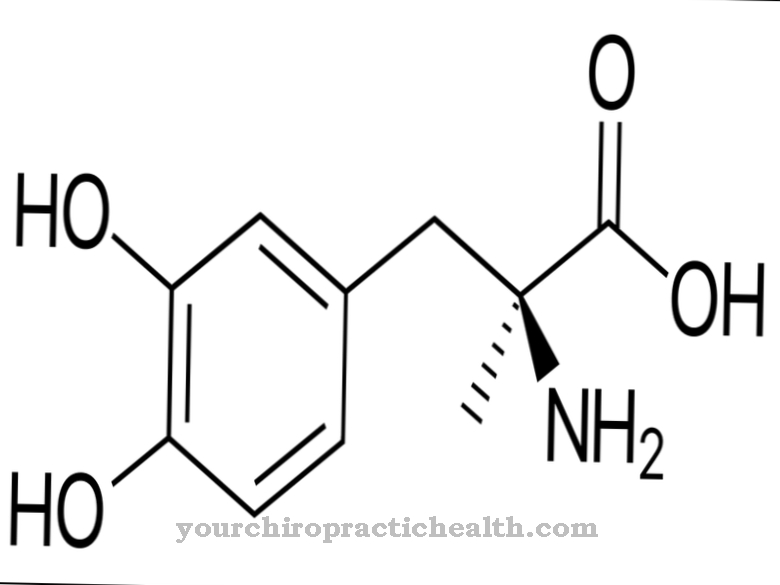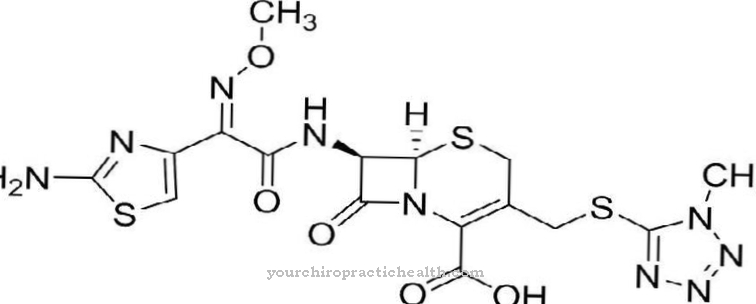At a Aminoglycoside they are antibiotics from the group of oligosaccharides (carbohydrates from several identical or different simple sugars). Aminoglycoside antibiotics have a bactericidal effect.
What is an aminoglycoside?
Aminoglycosides represent a heterogeneous group among the antibiotics, which are assigned to the oligosaccharides. They are used to treat bacterial infections. It is given in the form of injections, as a cream or as eye or ear drops. A drug from this group of antibiotics is given in the form of tablets.
Aminoglycosides are a combination of amino sugar and cyclohexane building blocks and are soluble in water. The half-life is around two hours, and excretion occurs primarily through the kidneys.
The first aminoglycoside antibiotic discovered was streptomycin in 1944. As a result, more and more similar active substances were isolated. It was divided into aminoglycosides for the treatment of general infections (e.g. amikacin, gentamicin, tobramycin) and for the treatment of special cases (e.g. streptomycin, neomycin, paromomycin).
Pharmacological effect on the body and organs
Aminoglycosides have a strong bactericidal effect. They invade bacteria, where they attach to the ribosomes. These are cell organs for the formation of proteins. By blocking the ribosomes, the proteins are formed incorrectly and lose their function. This causes the bacteria to die.
Aminoglycosides either penetrate the bacterium through the pores of the cell walls or directly through the cell membrane, which explains the rapid onset of action. However, only bacteria that need oxygen to live are sensitive. Therefore aminoglycosides are not effective against anaerobic bacteria.
Aminoglycosides work within the bacteria, whereby pathogens die even several hours after administration, depending on the concentration of the active ingredient. The effect decreases significantly if a second dose is given too quickly after the first dose. The effect is therefore better with a high single dose of aminoglycosides than with several applications in quick succession.
The aminoglycosides accumulate mainly in the kidneys and inner ear tissue. The risk of poisoning therefore increases the longer it is used. It only flows off if the concentration is higher than that in the blood. It is therefore important that the blood concentration is checked regularly by a doctor.
Medical application & use for treatment & prevention
Aminoglycosides destroy various pathogens. Taken orally, they work in the small and large intestines, with creams limited to the skin and with injections in the entire organism.
Oral neomycin and paronomycin are given, which should ensure a germ-free intestine. They are used before operations, in coma, in case of “poisoning” of the brain due to liver failure, in leukemia or in granulocytopenia.
Framycetin, Kanamycin and Neomycin are used for external use in bacterial infections of the skin or eyes. Parenteral administration of amikacin, gentamicin, netilmicin or tobramycin is carried out in the case of pathogens such as staphylococcus aureus or type A streptococci.
In tuberculosis, streptomycin is administered parenterally; amikacin, gentamycin, netilmycin or tobramycin in combination with beta-lactam antibiotics is used in life-threatening blood poisoning. These two groups of antibiotics complement each other in their effects, but must not be mixed in one infusion.
The aminoglycosides amikacin, gentamycin, netilmycin and tobramycin are used to treat endocarditis (inflammation of the inner wall of the heart) or severe infections (e.g. due to Pseudomonas aeruginosa, listeria, enterococci, mycobacteria, enterobacteria, staphylococci).
Other active ingredients are apramycin and hygromycin. Spectinomycin is a similarly acting agent, which is only used in the treatment of uncomplicated gonorrhea, provided that penicillins have no effect.
It must be administered parenterally, especially in the case of systemic infections, since aminoglycosides are not absorbed. Aminoglycosides should not be given to patients who are intolerant to the active substances.
Risks & side effects
The dosage of aminoglycosides must be carried out carefully due to the narrow therapeutic range. They are therefore typical antibiotics for use in intensive care medicine. Aminoglycosides are particularly concentrated in the kidneys and inner ear and have a nephrotoxic (mostly reversible) and vestibulo- and ototoxic (mostly irreversible) effect. The effect of neuromuscular blocking substances is often prolonged by aminoglycosides.
Typical side effects are usually nausea and vomiting, drowsiness and ataxia (disturbances in the coordination of movements).
Long-term use (more than three days), frequent administration, high dosage, pre-existing kidney disease, old age and high blood levels can all increase the risk of side effects.



























